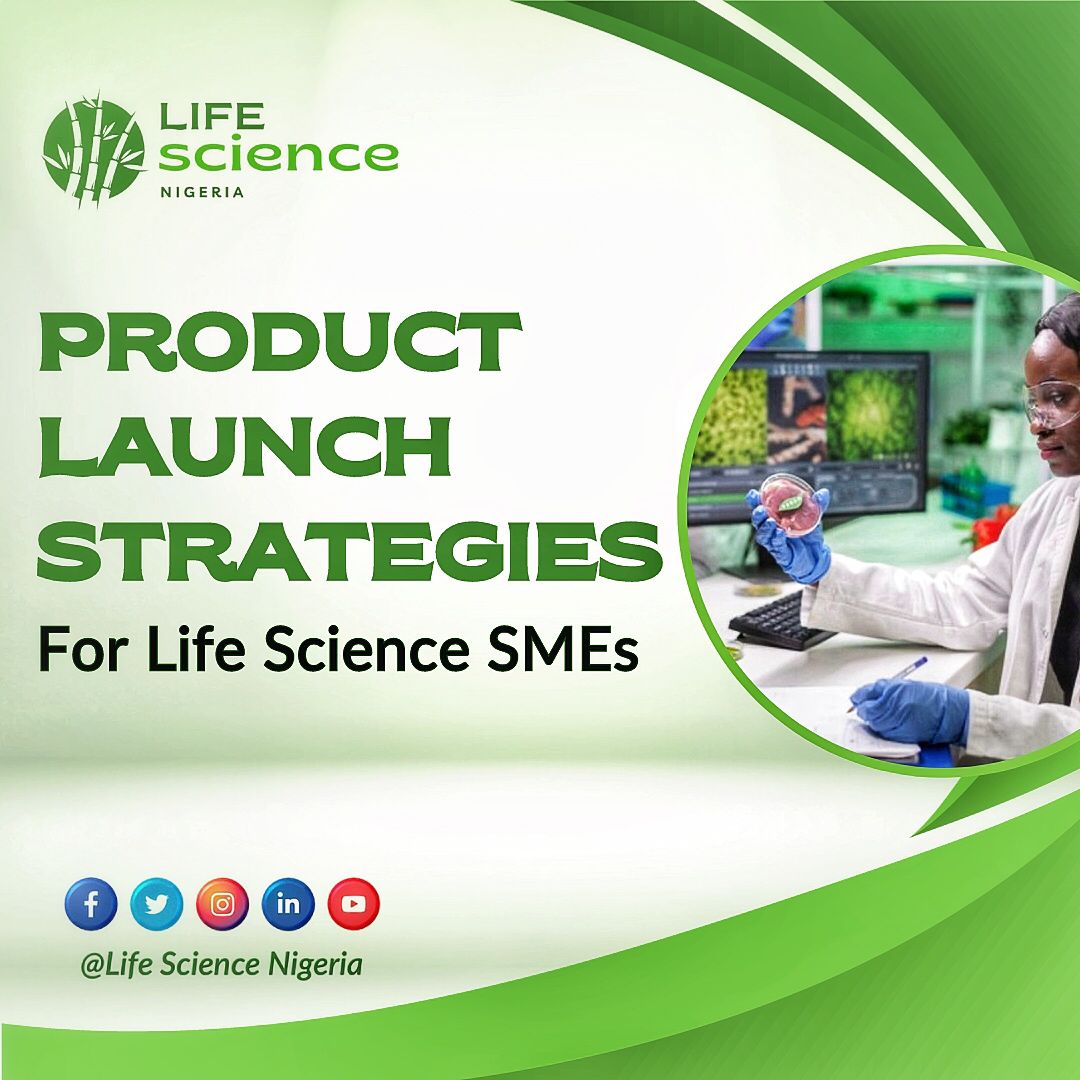
Successfully launching a product in the life science industry requires a well-thought-out strategy that considers the unique challenges and opportunities this industry presents. Life Science Small and medium-sized enterprises (SMEs) often face rigid competition and rigorous regulatory hurdles.
However, with the right strategies, life science SMEs can navigate the complexities of the life science market and achieve success. In this article, we will explore effective product launch strategies, with some examples highlighting the values they provide.
1. Market Research and Customer Insights.
One of the crucial steps in any product launch is thorough market research. Understanding your competitors and your target audience’s needs and pain points is important. This audience might include researchers, healthcare professionals, or pharmaceutical companies. A real-life example of this approach is Illumina, a genomics company. Illumina’s comprehensive market research and customer insights helped them create the MiSeqDx system, a cost-effective, accurate DNA sequencer. This strategic approach helped them tap into the clinical diagnostics market, providing real value in terms of faster and more affordable genetic testing.
2. Product Development, Validation and Strategic Partnerships.
Invest in robust product development processes. Conducting rigorous testing and validation to ensure the product’s effectiveness and safety. Collaborate with established players like academic institutions, research organizations, or partners to validate your product’s claims as this can significantly impact your product reach. An example of this can be seen during the production of the recent pandemic COVID -19 by BioNTech’s partnering with Pfizer for the COVID-19 vaccine. This strategic collaboration allowed BioNTech, an SME in the life science sector, to leverage Pfizer’s extensive distribution network and accelerate the delivery of their vaccine to millions of people worldwide. The partnership created real value by expediting the global response to the pandemic.
3. Regulatory Compliance.
The life science industry is heavily regulated to ensure patient safety and efficacy. Engage regulatory experts early in the development process to navigate the complex landscape of approvals, permits, and compliance requirements.
Overlooking any regulations can cause regulatory setbacks which can hinder the general plan of the product launch. Ensure your product meets all regulatory requirements, seek expert advice to avoid costly delays and establish a quality management system by aligning your products with regulatory standards from the beginning.
4. Build Relationships with Key Opinion Leaders (KOLs).
Engage with respected experts and KOLs in your field. Their endorsement and support can greatly enhance your product’s credibility. Collaborate with KOLs in clinical trials, case studies, or product development, and also leverage their network to reach a broader audience.
5. Effective Communication and Education.
Communication is key to any successful product launch. Thermo Fisher Scientific’s OnePGS product launch is an excellent example. Thermo Fisher used a comprehensive educational approach to inform healthcare professionals and patients about the benefits and limitations of their genetic testing service. This transparency created real value by establishing trust and ensuring informed decisions.
6. Marketing and Branding.
Create a strong brand identity for your product. Develop a website, marketing materials, and educational content that resonate with your target audience. Utilize digital marketing, content marketing, and social media to raise awareness and establish your presence in the market.
7. Data-Driven Decision Making.
Leveraging data analytics can provide valuable insights for product improvement. A company like 23andMe has collected vast genetic data from various regions, which they’ve used for research and product development. The real value here is not just about selling DNA testing kits but in contributing to scientific discoveries and personalized healthcare.
8. Sales and Distribution.
Choose the right distribution channels for your product. Collaborate with distributors, and wholesalers, or consider direct sales approaches, depending on your target market. Ensure your sales team is well-trained and capable of articulating the product’s value to customers.
9. Education and Training.
Offer training programs and resources to educate users about your product. This not only helps in product adoption by potential customers but also fosters customer loyalty. Webinars, workshops, and online resources can be valuable tools for this purpose.
10. Post-Launch Monitoring.
After the product launch, gather feedback from customers, monitor product performance, and be prepared to make improvements. This iterative approach is vital for a long-term success. Try to address any issues promptly and adapt to the evolving market.
11. Intellectual Property Protection.
In a world where ideas and other forms of intellectual property are being stolen in all industries, secure your intellectual property rights through patents, trademarks, and copyrights. This will help safeguard your innovations and prevent competitors from copying your product.
12. Funding and Investment.
Consider various funding options, such as grants, venture capital, or strategic partnerships, to support your product launch and aid its long-term growth.
13. Continuous Innovation.
Staying relevant in the life science sector requires continuous innovation. Take CRISPR Therapeutics, a biotech SME pushing the boundaries of gene editing. Their pioneering work in developing CRISPR-Cas9 technology not only led to real scientific breakthroughs but also attracted significant investment and partnerships. This innovation brought tangible value through the potential to cure genetic diseases.
Product launch strategies for life science SMEs demand careful planning and execution. These companies operate in a highly regulated and competitive environment, making it imperative to adhere to regulatory standards and focus on building trust and credibility. By conducting thorough market research, leveraging KOL relationships, and providing ongoing education, SMEs can achieve successful product launches in the life science industry. Moreover, adapting to market changes and continuously improving the product will help ensure sustained success in this ever-evolving industry.